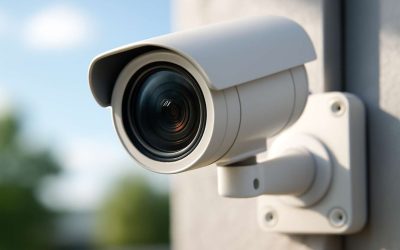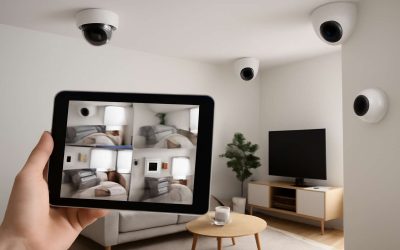CCTV cameras are a great way to keep an eye on your property. These devices are affordable, easy to set up and offer excellent image quality. However, installing them is a tricky process that needs a bit of planning.
Whether you’re installing a CCTV system yourself or enlisting the help of a professional, it’s important to consider the following elements before starting the installation process:
Types of Security Cameras
There are three main types of CCTV cameras – wired, wireless and wire-free. Wired security cameras connect to your home or business network using a cord, while wireless and wire-free cameras run off batteries.
Installing a Wired Security Camera
To install a wired CCTV camera, you first need to decide where you want to place the cameras. You can choose from a variety of locations, including hallways, basements, attics, or garages. Then, you need to plan your wiring route and determine how long the cables will need to be.
Make sure to follow the manufacturer’s guidelines when choosing a cable length and route. This will ensure that the camera is properly protected from potential intruders who may try to tamper with it.
Select a Location for the Camera
If you are installing a CCTV camera indoors, you should find a spot where most entrances are visible. It should be near a power socket, too.
Alternatively, you can choose a higher spot outdoors to cover window approaches, doors and garages. This will protect your home from intruders while also preventing blind spots and glare from the sun.
Once you’ve selected a suitable place for your camera, use the mounting template to mark where to drill holes and screw in the cameras. If you’re installing a wireless camera, you can also attach a battery pack before completing the installation.
Next, connect the cameras to the DVR through the video connectors and power outlet. Each camera has its own black BNC cable plug that should be connected to the DVR’s corresponding video input socket.
If the camera has an audio component, connect it to the RCA connector as well. This will allow you to record and monitor the audio from your camera.
You can also attach a speaker to the camera to enable it to be heard over your home’s louder sounds. This is a great addition for both residential and commercial applications.



0 Comments